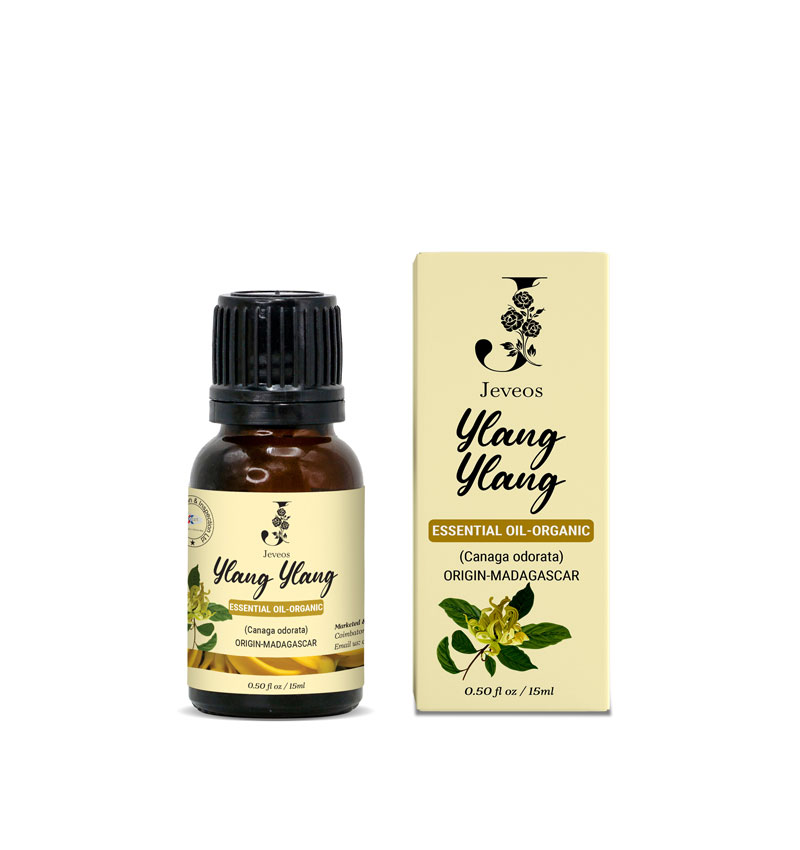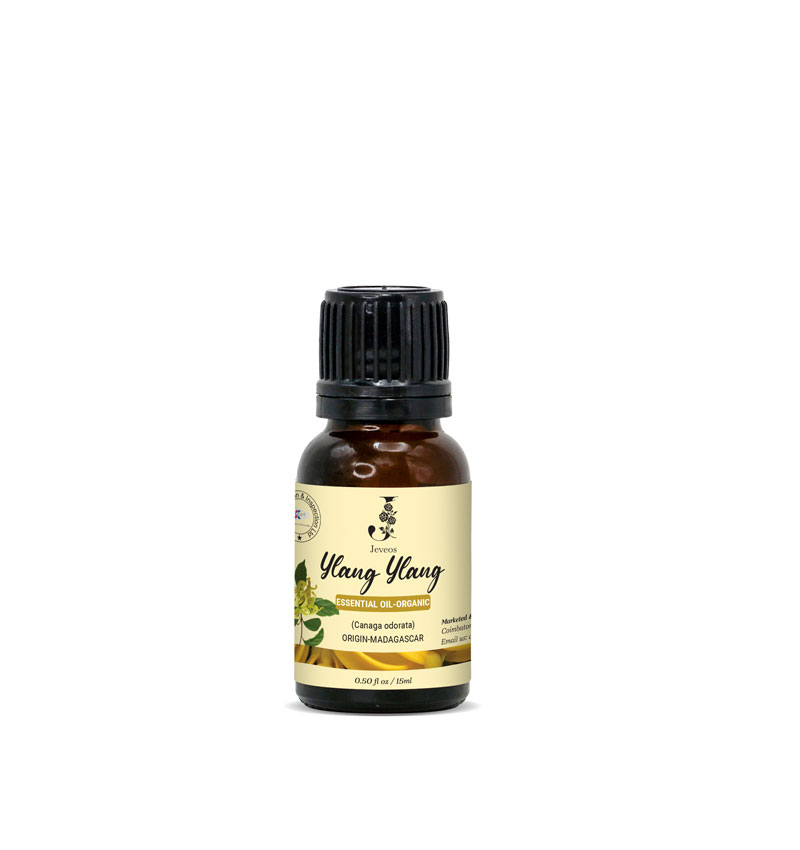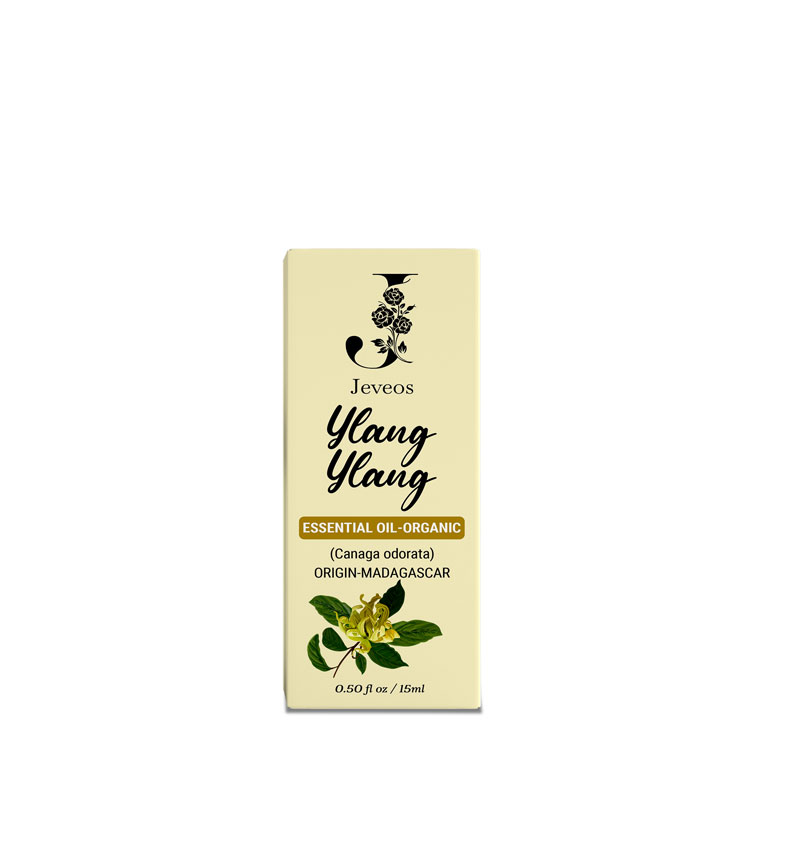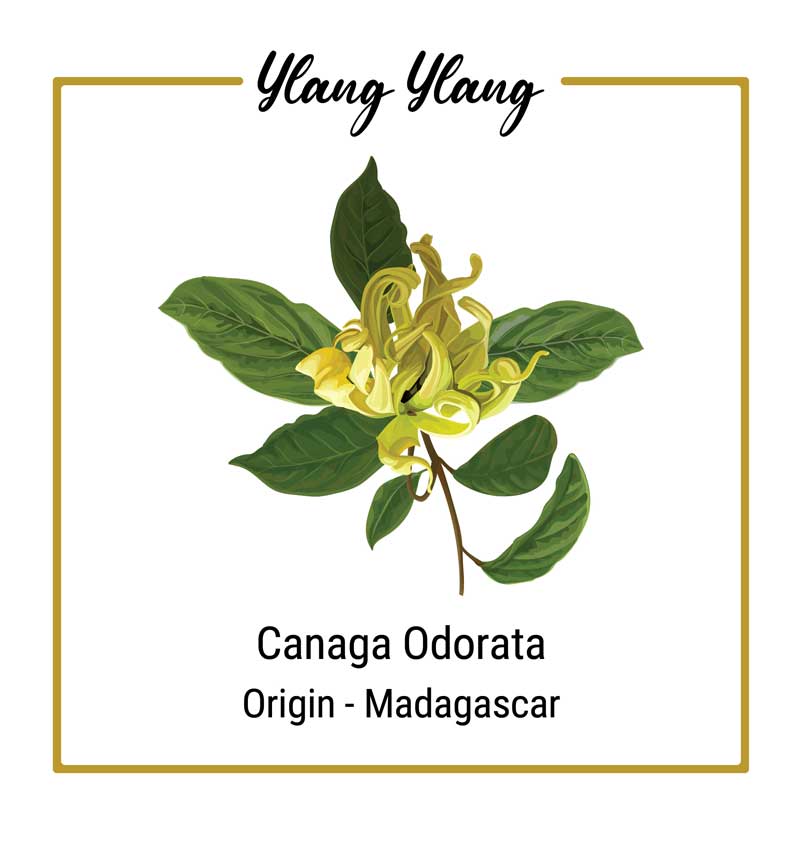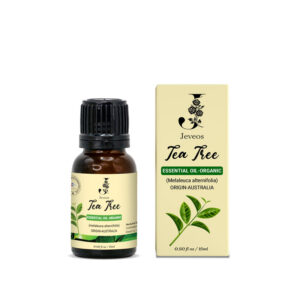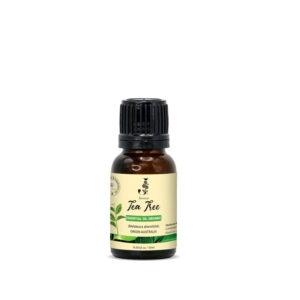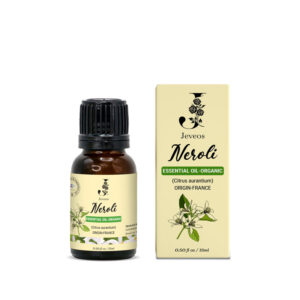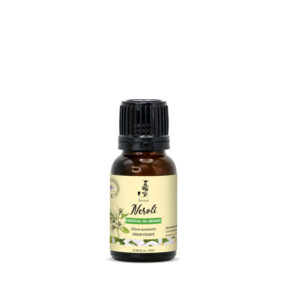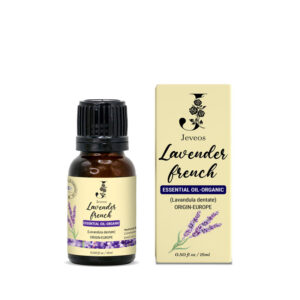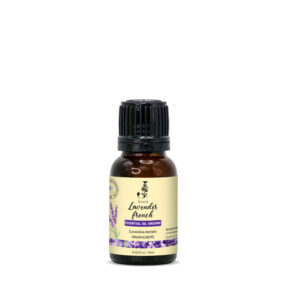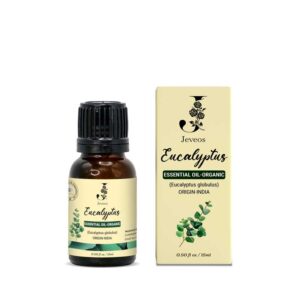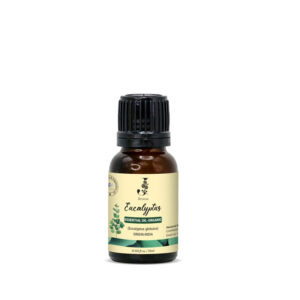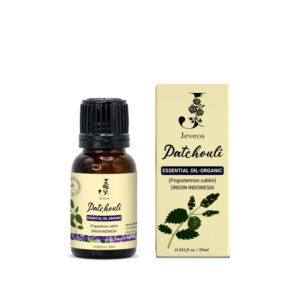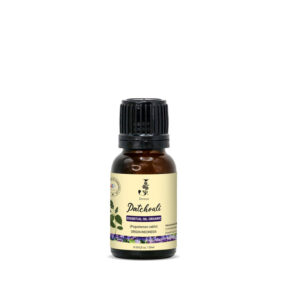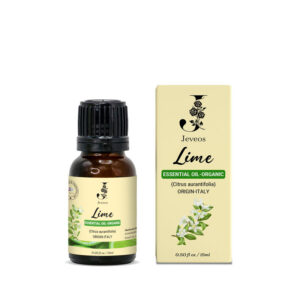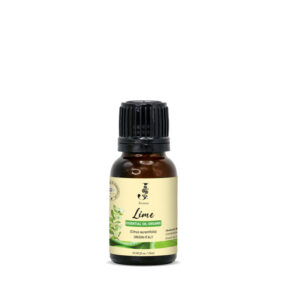YLANG YLANG – Cananga odorata
Cultivated trees are often cut back to 6 feet so the flowers can easily be reached. Harvesting takes place year round, with each flower hand-picked only when its maturity is signaled by a red tinge at its base. The flowers are picked very early in the morning and distilled immediately. Ylang ylang was native to southeast Asia but is now cultivated in other tropical or subtropical areas, particularly on the island of Nosy Bé and the Comoro Islands, north of Madagascar, and Réunion, to the east, which approaching sailors called “the perfumed isles.” The essential oil has a reputation as an aphrodisiac and has long been a component in some of the most expensive perfumes. Some flowers are processed by fractional steam distillation, resulting in oils of different densities, classed as grades: extra, first, second, and third. Extra grade is produced after two hours of distillation, whereas grade three is the result of up to 20 hours of distillation. The fragrance intensity is strongest in the extra oil, reducing with each grade to third. Complete essential oil results from a single distillation process, which can take up to 10 hours. The essential oil of cananga is produced, usually in Asia, from a tree of the same genus and species as ylang ylang but a different variety. It has an aroma similar to ylang ylang but not as floral, but it is sometimes sold as ylang ylang.
Regular: 620₹
Sale: 420₹
Size: 15 mL
Share:
- Type of Plant
A tree of around 60 feet in height with drooping branches carrying clusters of large, golden yellow, star-shaped flowers
- Part used
Flowers
- Method of extraction
Steam distillation
- Data
Cultivated trees are often cut back to 6 feet so the flowers can easily be reached. Harvesting takes place year round, with each flower hand-picked only when its maturity is signaled by a red tinge at its base. The flowers are picked very early in the morning and distilled immediately. Ylang ylang was native to southeast Asia but is now cultivated in other tropical or subtropical areas, particularly on the island of Nosy Bé and the Comoro Islands, north of Madagascar, and Réunion, to the east, which approaching sailors called “the perfumed isles.” The essential oil has a reputation as an aphrodisiac and has long been a component in some of the most expensive perfumes. Some flowers are processed by fractional steam distillation, resulting in oils of different densities, classed as grades: extra, first, second, and third. Extra grade is produced after two hours of distillation, whereas grade three is the result of up to 20 hours of distillation. The fragrance intensity is strongest in the extra oil, reducing with each grade to third. Complete essential oil results from a single distillation process, which can take up to 10 hours. The essential oil of cananga is produced, usually in Asia, from a tree of the same genus and species as ylang ylang but a different variety. It has an aroma similar to ylang ylang but not as floral, but it is sometimes sold as ylang ylang.
- Principal places of production
Nosy Bé, Réunion, Comoro Islands, Madagascar, Indonesia
- When buying look for
Pale-yellow to deeper-yellow liquid with a rich, sweet, soft, floral aroma
- Therapeutic properties
Antidepressant, antiphlogistic, antiseptic, antispasmodic, calmative, circulatory, hypotensive, nervine, sedative, tonic
- Therapeutic uses
Hypertension, circulatory conditions, muscular cramp, menstrual cramp, intestinal spasm, insomnia, nervous tension, stress, nervousness, physical exhaustion, chronic fatigue, depression
- Blends well with
Amyris, basil, bay (West Indian), bay laurel, benzoin, bergamot, black pepper, cananga, cinnamon leaf, clove bud, coriander seed, eucalyptus lemon, frankincense, galbanum, ginger, ginger lily root, grapefruit, ho wood, jasmine, lavender, lemon, linden blossom, magnolia flower, magnolia leaf, mandarin, may chang, neroli, orange (sweet), palmarosa, patchouli, petitgrain, rose maroc, rose otto, rosewood, sandalwood, spikenard, tangerine, tuberose, vetiver, yuzu
- Precautionary advice
May cause irritation on highly sensitive skin; a skin patch test is advisable.
Directions for Use
Diffusion
Use three to four drops in the diffuser of your choice.
Internal use
Dilute one drop in 4 fl. oz. of liquid.
Topical Use
Apply one to two drops to desired area. Dilute with a carrier oil to minimize any skin sensitivity.
Related products
-
TEA TREE – Melaleuca Alternifolia – Pure Tea Tree Oil
₹550.00Original price was: ₹550.00.₹350.00Current price is: ₹350.00. -
NEROLI – Citrus Aurantium – Organic Neroli Oil
₹730.00Original price was: ₹730.00.₹530.00Current price is: ₹530.00. -
LAVENDER – Lavandula Dentate
₹520.00Original price was: ₹520.00.₹320.00Current price is: ₹320.00. -
Eucalyptus – Eucalyptus globulus
₹400.00Original price was: ₹400.00.₹200.00Current price is: ₹200.00.

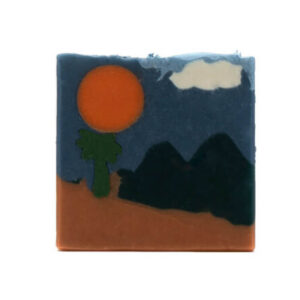 Sunny Mountains
Sunny Mountains